2019 Cars That Didn’t Use a CVT
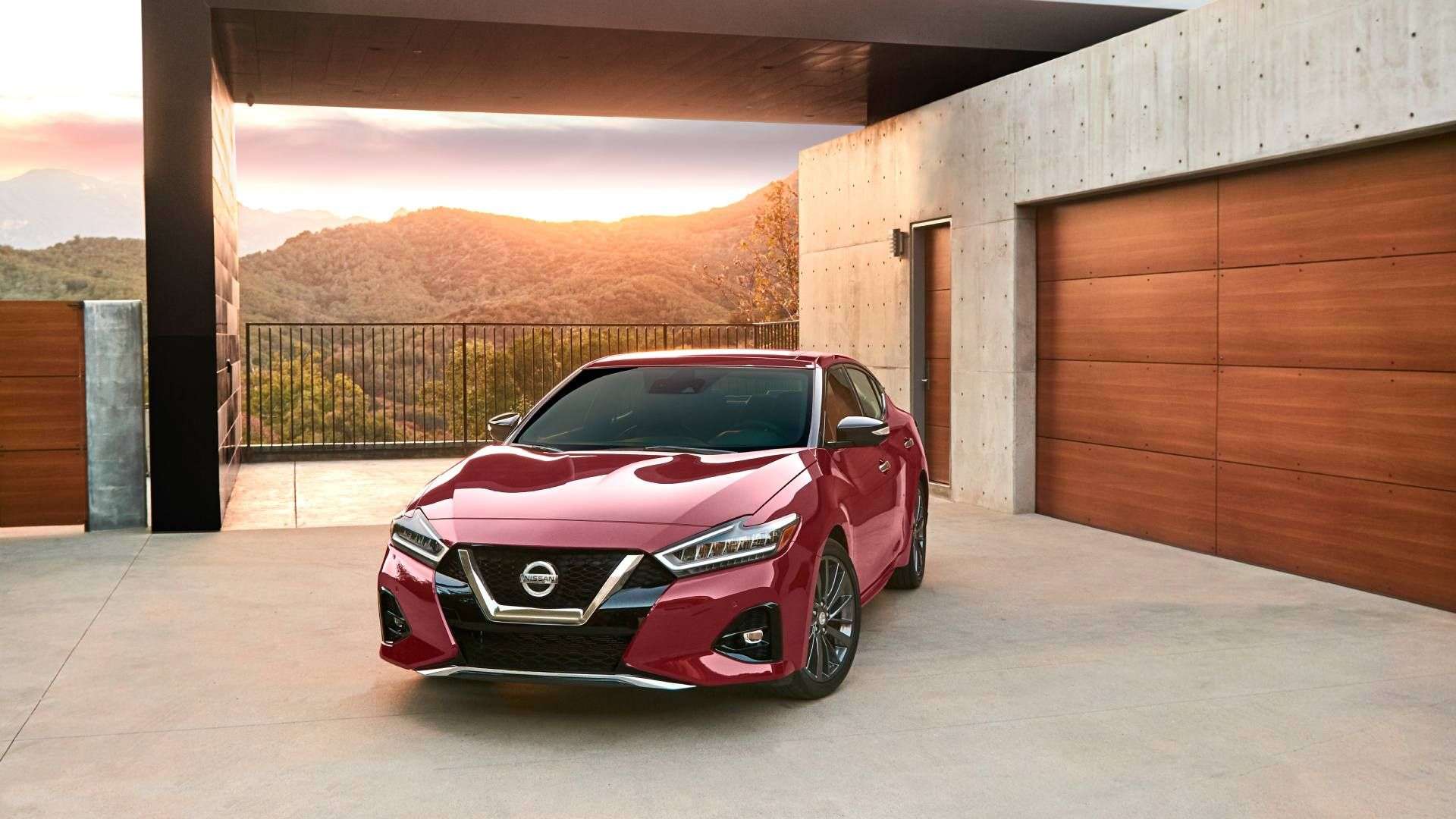
In a world increasingly dominated by continuously variable transmissions (CVTs)‚ some 2019 car models stood firm‚ offering drivers a more traditional driving experience. These vehicles opted for conventional automatic or even manual transmissions‚ appealing to enthusiasts and those seeking a specific feel behind the wheel. The decision to forgo a CVT in 2019 often came down to factors like performance goals‚ target audience‚ and overall vehicle character‚ providing consumers with a diverse range of choices. Let’s explore some of the notable 2019 cars that resisted the CVT wave.
Table of Contents
Cars with Traditional Automatic Transmissions
Many 2019 models offered a reliable and familiar automatic transmission‚ providing smooth shifts and a comfortable ride. These transmissions typically have a set number of gears‚ unlike the theoretically infinite ratios of a CVT.
- Mazda3: Renowned for its engaging driving dynamics‚ the 2019 Mazda3 primarily used a traditional automatic transmission‚ offering a more connected feel than a CVT.
- BMW 3 Series: A staple of the sport sedan market‚ the 2019 3 Series retained its automatic transmission option‚ ensuring a responsive and performance-oriented driving experience.
- Ford Mustang: The iconic Mustang continued to offer a robust automatic transmission alongside its manual counterpart‚ catering to drivers who wanted power and ease of use.
Manual Transmission Options
For purists who crave direct control‚ a manual transmission is the ultimate choice; Several 2019 cars catered to this preference.
- Honda Civic Si: The performance-focused Civic Si was exclusively offered with a manual transmission‚ emphasizing driver engagement and sporty handling.
- Subaru WRX: Another enthusiast favorite‚ the WRX came standard with a manual transmission‚ allowing drivers to fully exploit its turbocharged engine.
- Porsche 911: The Porsche 911 is a sports car legend and continued to offer a manual transmission in 2019 for those who craved ultimate control.
Why Avoid the CVT?
While CVTs offer fuel efficiency and smooth acceleration‚ they can sometimes lack the engaging feel of a traditional automatic or manual transmission. Some drivers find the droning sound of a CVT during acceleration to be undesirable. Manufacturers might also choose to avoid CVTs in performance-oriented vehicles where a more direct and responsive feel is prioritized.
Factors Influencing Transmission Choice
- Performance: Traditional automatics and manuals are often favored in performance cars for their responsiveness.
- Driver Preference: Some drivers simply prefer the feel and control of a manual or automatic transmission.
- Brand Identity: Certain brands may stick with traditional transmissions to maintain their image and appeal to a specific customer base.
A Comparative Look: Automatic vs. CVT
| Feature | Automatic Transmission | CVT (Continuously Variable Transmission) |
|---|---|---|
| Shift Points | Discrete gears with defined shift points | Theoretically infinite ratios‚ no distinct shift points |
| Driving Feel | More traditional‚ with distinct gear changes | Smoother‚ continuous acceleration‚ sometimes with a “droning” sound |
| Fuel Efficiency | Can be good‚ but often slightly lower than CVT | Generally better fuel efficiency |
| Complexity | More mechanically complex | Simpler mechanically‚ but requires sophisticated control systems |
Ultimately‚ the choice of transmission depends on individual preferences and driving needs. While many modern vehicles have embraced the efficiency of CVTs‚ the 2019 cars that opted for traditional automatics and manuals offered a compelling alternative for drivers seeking a different driving experience.
Making the Right Choice for You
So‚ how do you decide which type of transmission is right for you? The best approach is to consider your driving style‚ priorities‚ and the typical conditions you encounter on the road. If fuel efficiency is your top concern and you primarily drive in stop-and-go traffic‚ a CVT might be the most sensible option. They excel in maximizing fuel economy in these situations. However‚ if you value a more engaging and responsive driving experience‚ particularly on winding roads or during spirited driving‚ a traditional automatic or manual transmission could be a better fit.
Test Driving is Key
Don’t rely solely on specifications or reviews. The most important step is to test drive vehicles with both types of transmissions. Pay attention to how the car feels during acceleration‚ deceleration‚ and cornering. Listen for any unusual noises or vibrations. Consider these factors:
- Acceleration Feel: Does the acceleration feel smooth and linear (CVT)‚ or do you prefer the distinct “kick” of gear changes (automatic)?
- Engine Noise: Are you comfortable with the engine drone often associated with CVTs under heavy acceleration?
- Responsiveness: Does the transmission respond quickly to your inputs‚ especially when downshifting for passing?
- Overall Comfort: Does the transmission contribute to a comfortable and enjoyable driving experience?
Beyond the Transmission: Consider the Whole Package
Remember that the transmission is just one component of a vehicle’s overall driving experience. Consider the engine’s power output‚ the suspension’s tuning‚ and the steering feel. A car with a great transmission but a lackluster engine or poorly designed suspension might not be as enjoyable as a car with a less-than-perfect transmission but a well-rounded package. Read expert reviews and compare different models to get a comprehensive understanding of each vehicle’s strengths and weaknesses.
Long-Term Considerations
Think about the long-term maintenance and reliability of each transmission type. CVTs are a relatively newer technology‚ and while they have become more reliable over time‚ some concerns about their long-term durability persist. Research the specific models you’re considering and see what owners are reporting about their experiences with the transmissions. Factor in the cost of maintenance‚ repairs‚ and potential replacement. Don’t forget to check the manufacturer’s warranty to understand what’s covered and for how long. A little research can save you a lot of headaches down the road.
Final Thoughts on 2019 Cars without CVTs
Navigating the automotive landscape to find 2019 cars that didn’t embrace the CVT can feel like a treasure hunt‚ but the reward is a driving experience tailored to specific preferences. Whether you prioritize the direct connection of a manual or the familiar feel of a traditional automatic‚ options exist to satisfy your automotive desires. Consider your needs‚ test drive thoroughly‚ and research diligently to make an informed decision.
Before committing to any vehicle‚ it’s wise to get a pre-purchase inspection from a trusted mechanic. This inspection can reveal any hidden issues with the transmission or other critical components‚ providing you with peace of mind and preventing potential costly repairs down the line. A mechanic can also advise you on the maintenance schedule for the transmission and other systems‚ ensuring that you keep your car in top condition for years to come. It’s a small investment that can pay dividends in the long run.
Don’t Overlook the Used Car Market
While this article focuses on 2019 models‚ don’t limit your search exclusively to that year. Cars from neighboring years (2018‚ 2020) might offer similar characteristics and transmission options. Expanding your search can increase your chances of finding the perfect vehicle that meets your needs and budget. The used car market provides a wider range of options‚ and you might even stumble upon a hidden gem that you wouldn’t have considered otherwise. Just remember to thoroughly inspect any used vehicle and research its history before making a purchase.
Consider Future Resale Value
While your primary focus is on finding a car that you enjoy driving now‚ it’s also prudent to consider its potential resale value down the road. Cars with desirable features‚ such as manual transmissions or a reputation for reliability‚ often hold their value better than those with less sought-after characteristics. Research the resale value of different models and transmission types to get an idea of which cars might be a better investment in the long run. This can help you make a more informed decision and potentially save money when you eventually decide to sell or trade in your vehicle.
Factor in Your Budget
Ultimately‚ your budget will play a significant role in determining which car you can afford. Set a realistic budget before you start shopping and stick to it. Don’t be tempted to overspend on a car that stretches your finances too thin. Remember to factor in not only the purchase price but also the cost of insurance‚ registration‚ maintenance‚ and fuel. A car that seems affordable initially can quickly become a financial burden if you haven’t accounted for these additional expenses. Explore different financing options and compare interest rates to find the best deal. A well-planned budget will help you avoid financial stress and ensure that you can enjoy your new car without worrying about breaking the bank. Choosing a car with a good fuel economy can also reduce the financial pressure. Consider hybrid or electric vehicles‚ which can provide significant savings on fuel costs‚ especially if you drive frequently or live in an area with high gas prices.
Author
Rachel Moreno is an automotive journalist and enthusiast with a decade of experience covering the latest trends in car technology, maintenance, and driving culture. Raised in a family of mechanics, she learned to rebuild engines before she had her driver’s license. Today, she combines her technical insight with a storyteller’s voice to make automotive topics accessible and engaging for all readers. At HawkEye Automotive, Rachel focuses on real-world advice, DIY maintenance tips, and honest reviews of parts and tools. Whether you’re a seasoned gearhead or a new driver learning the ropes, her goal is to help you make confident decisions about your vehicle — without the jargon and guesswork.
Related posts:
- Car Interior Like Cockpit: Design, Elements, and Examples
- What to Do When Your Car Engine Overheats: A Comprehensive Guide
- Quality Care Transmission: A New Era in Healthcare
- The Hellcat Car Engine: An In-Depth Look at a Legend
10 Of The Best Used Cars Without A CVT Transmission
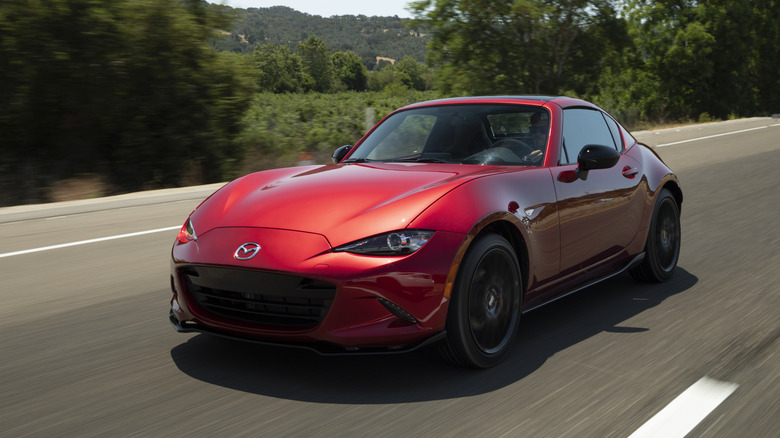
The continuously variable transmission (CVT) is widely used in new cars these days — particularly hybrids — thanks to its reputation for improved fuel efficiency. However, not everyone is on board with this style of transmission given the droning sounds it produces and the lack of a traditional shifting feel. To counter that sentiment, automakers with CVT-heavy lineups like Subaru offer technology like the Lineartronic CVT with manual shifting modes and steering wheel paddles to boot.
This approach simulates the shifting action of a traditional transmission, but don’t be confused — CVTs do not have gears that can shift. While many drivers who use their cars simply as transportation are not overly interested in all this teeth-gnashing over the pros and cons of CVTs, enthusiasts are a different story. With the virtual extinction of three-pedal manual transmissions and the prevalence of CVTs over traditional automatics in new cars, it can feel like folks who enjoy the process of driving have been left in the lurch.
This is why we’ve put together this rundown of the best used cars without a CVT transmission. You don’t have to look too far back to find a solid roster of second-hand vehicles that skip the CVT in favor of a regular automatic or, even better, a stick. To cover all bases we’ve included cars, trucks, minivans, SUVs, and even a luxury vehicle or two. Each of these used cars without a CVT scores highly for reliability, affordability, safety, maintenance costs, and practicality where noted.
2016 Mazda6
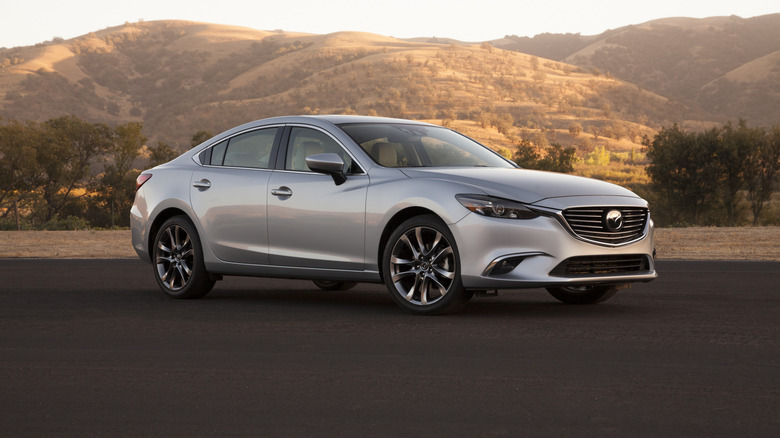
Full disclosure — my daily driver is a 2016 Mazda6 with a six-speed manual that I bought used in 2018, and I love it. Bias aside, it turns out the final generation of Mazda’s poised and practical midsize sedan has plenty of accolades to justify its status on our list. J.D. Power gives it a score of 81 out of 100 in both the Consumer Rating and Reliability categories. In NHTSA crash-testing, the 2016 Mazda 6 earned 5 stars overall, which is the safety agency’s highest score, and there is just a single outstanding recall.
Consumer-reported issues with CarComplaints are scant and according to RepairPal, annual average repair bills come in at $458. While I don’t have a chart of annual maintenance costs on my own 2016 Mazda6, I will tell you that the financial costs required to keep this car on the road have never caused me stress. Kelley Blue Book (KBB) says the price ranges from about $9,700 to $13,679. If you’ve seen the current average price of a new car, you know this is very affordable.
The best part in my book is that Mazda sold these sedans with a manual transmission. I used this car to teach adults the ins and outs of driving a stick during a stretch as a driving instructor and can tell you the easy modulation of the clutch made my job easy. Those who prefer an automatic can find these Mazdas with a six-speed version, and owners will be happy to know that this generation of Mazda6 earned a spot on Consumer Reports’ list of best used cars for May 2025.
2017 Lexus NX 200t
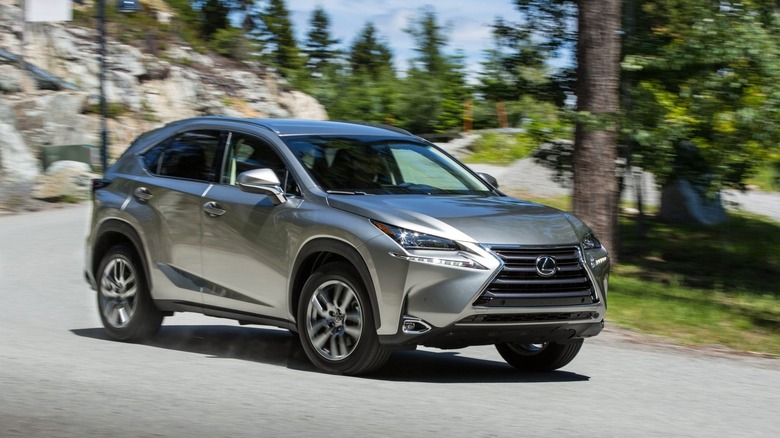
The 2017 Lexus NX200t has a lot going for it when it comes to a strong used car purchase without a CVT transmission. The automaker currently holds the first place position on the Consumer Reports list of best used car brands by reliability for 2025 out of 26 total brands. Plus, this first-generation NX lineup earned a spot on the Consumer Reports best used cars as of May 2025. Looking over the metrics we used to compile our list, it’s easy to see why.
The NX 200t has zero NHTSA recalls and less than 30 NHTSA complaints – not bad for a vehicle that’s nearly a decade old. Repair costs are on the high side at $703 on average per Repair Pal, but J.D. Power awarded these small SUVs a great Quality and Reliability score of 87 out of 100.
These opposing metrics for the Lexus NX reinforce the importance of doing your due diligence before buying any used car, as models can vary from one to the next. Still, overall the NX 200t looks favorable from our perspective. Along with a strong showing in the metrics we’re looking for, the non-hybrid editions of this compact luxury crossover skipped the CVT in favor of a six-speed automatic.
2018 Mazda CX-9
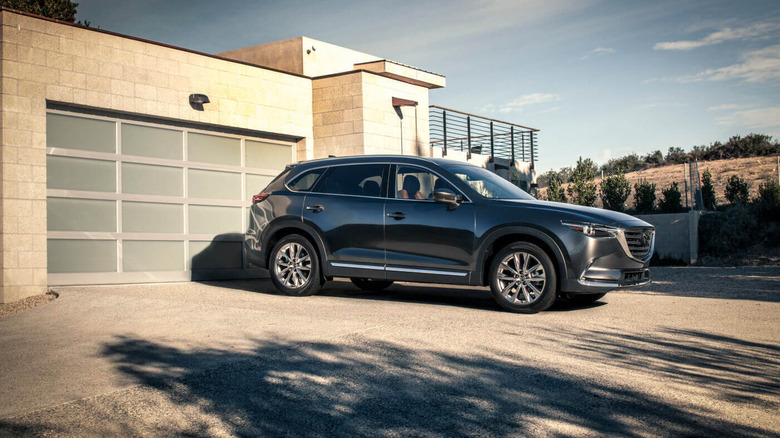
Anyone in need of a used vehicle with a bit more space inside should consider the 2019 Mazda CX-9. Featuring standard three-row seating, the CX-9 helped lead the automaker’s push into the premium segment before being replaced by the CX-90, which is firmly part of the luxury-adjacent crowd. That new SUV is nice, but can be pricey with an entry point near $40,000 and a top end pushing $60,000. A used CX-9, on the other hand, ranges in price between $13,392 and $17,638 according to KBB.
Largely eschewing the CVT on its cars new or used, the 2018 CX-9 comes with a six-speed automatic. It may be a stretch to say this big SUV is fun to drive, but Mazdas have a reputation for engaging handling and the choice to go with an automatic transmission instead of a CVT helps on that front. It also comes with the benefit of highly rated reliability as Consumer Reports puts Mazda in third place for best used car brands in 2025.
The 2018 CX-9 continues to burnish its best used car creds with a 5-star overall NHTSA safety rating and by accruing only two recalls from that agency. In J.D. Power’s overall Consumer Rating category, the Mazda earns a 79 out of 100. Repair Pal’s data is too thin to report on this specific model year, but it does note that the CX-9 averages only $539 overall in annual repairs.
2015 Toyota Tacoma

The long-running Toyota Tacoma has become something of a standard bearer in the mid-size pickup truck arena thanks to a potent blend of performance and durability, but it’s worth sifting through the data to find the best model years before buying a Tacoma. The good news for those looking to avoid a CVT is that Toyota has never fitted the Tacoma with one. Instead, it has always come with the option of a manual or automatic.
With the 2015 Tacoma, you’ve got a wide variety of transmission options – from a five- or six-speed manual to a four- or five-speed automatic — depending on powertrain. As for being a good used car, well, you’ve surely heard that Toyota has something of a reputation for building reliable vehicles. If not, know that the Japanese automaker ranks fourth in the J.D. Power 2025 brand ranking for dependability and second in the Consumer Reports rundown of best used car brands.
The 2015 Tacoma, specifically, comes with an 85 out of 100 J.D. Power Quality and Reliability score and inclusion on Consumer Reports’ slate of best used cars. It also boasts relatively low annual repair bills of $427 and just four NHTSA recalls, all of which were unrelated to reliability. Even better is that you can get into a used 2015 Tacoma for about $13,000, according to KBB.
2020 Mazda MX-5 Miata
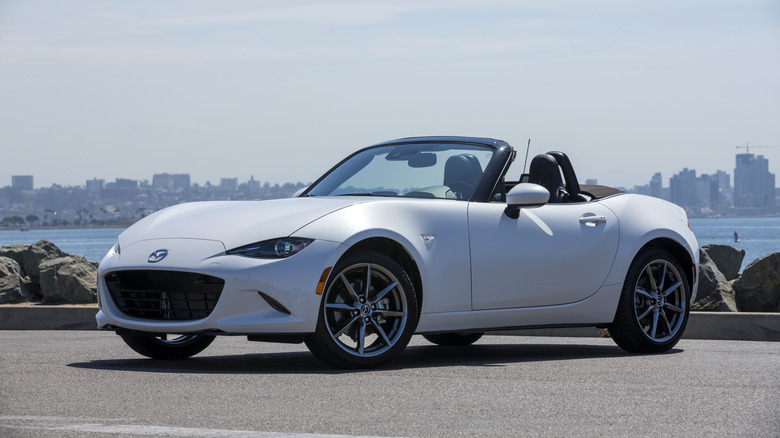
You may have detected a theme as we look at the 2020 Miata — many of the best used cars without a CVT on our list are made by Mazda. It’s not by design, but it is undeniable that the Japanese automaker offers quite a few vehicles that meet our criteria of affordability, reliability, safety, low maintenance bills, and the lack of a gearless transmission.
Regardless of your criteria, you’d be remiss not to at least consider the Miata as it remains a recipe for driving happiness. Officially known these days as the MX-5 Miata, these 2020 models are an absolute blast to drive. Though not as practical as any of the other options on this list, a used 2020 Miata is reasonably priced at between $19,000 and $23,000.
As for keeping these late-model Miatas running, you can expect to pay about $429 in annual upkeep costs, which Repair Pal says is more than $200 below average for all vehicles. There are zero issues registered on Car Complaints and just one with the NHTSA, which has issued only a single recall. While not exactly the best daily driver without a CVT, the Miata is definitely a good weekend companion if you can swing it.
2021 Kia Sportage
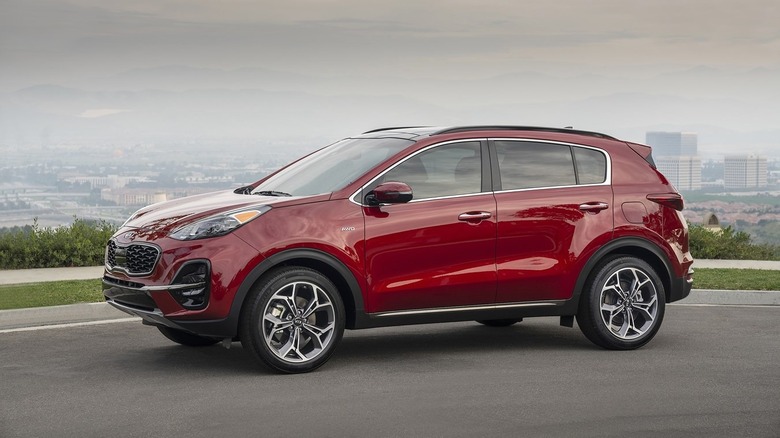
Kia’s mid-size Sportage crossover is certainly popular, registering sales increases every year since 2020 culminating in nearly 162,000 sold in 2024. Considering the Korean automaker remains one of the few car brands to sell new vehicles with a 10-year powertrain warranty, that’s not too surprising. However, Kia has not yet cracked the top 10 on J.D. Power’s list of most dependable brands or Consumer Reports’ rundown of best used car companies for reliability.
This means you cannot assume every Kia Sportage is worth your time, but the 2021 model year certainly is. It comes with a 5-star overall NHTSA safety rating, just two recalls, and an 85 out of 100 Quality and Reliability score from J.D. Power.
What you won’t find with the 2021 Kia Sportage — which Consumer Reports says is one of the best used cars overall — is a CVT. Fitted with a six-speed automatic, these the Sportage tick all our boxes for good used cars, and with a typical entry point on the used market of $15,814, the 2021 Sportage maintains the automaker’s reputation for affordability.
2017 Honda Odyssey
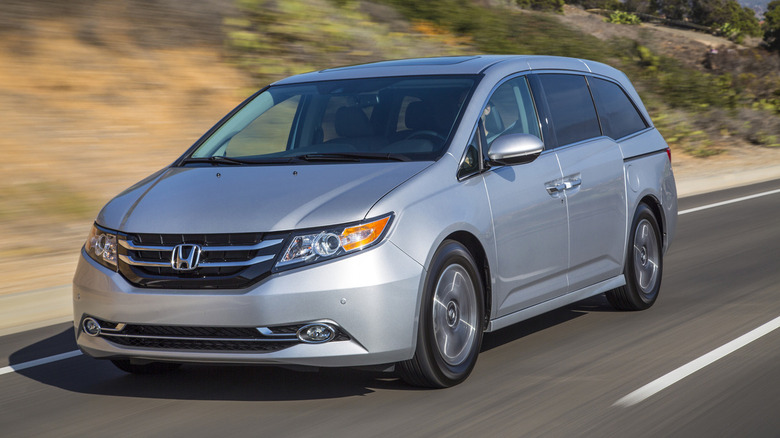
Honda is known for solid build quality in its cars, but lately the Japanese automaker has been pushing more heavily into CVTs, which negates some good options from this list. The Odyssey makes it here for several reasons, one of which being that the 2017 model year came with a six-speed automatic and another being a desire to include a minivan, which remains the ultimate family vehicle despite the rise of the SUV.
Ideally, you could find a nice used Odyssey that isn’t quite so old, but a troubling trend emerges with the 2018 and later Odysseys. That was the first year of the current generation and from that point to 2020, Honda’s minivan racked up recalls in the double digits for each of those three years. Getting into the 2021 model year starts to push our affordability scale out of whack, which is why we settled on the 2017 Odyssey.
Current average prices range from about $14,000 to $18,000, which can translate to a higher mileage Odyssey than some may be comfortable with. Fortunately, annual repair bills sit under $300 on average according to Repair Pal and the NHTSA has only issued two recalls for the 2017 model year. Given its likely use as a family hauler, know that the 2017 Odyssey comes with the highest possible NHTSA overall safety rating of 5 stars.
2022 Toyota RAV4
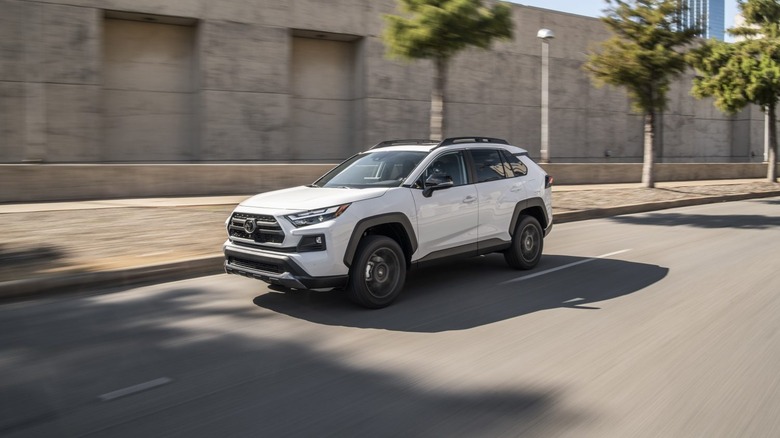
Last year, Toyota’s RAV4 ranked third in overall sales nationwide – behind only the F-150 and the Silverado — by moving more than 475,000 units. Driving down virtually any road in America, this fact is clear as day with RAV4s seemingly on every corner. If you’re not one of those hundreds of thousands that have previously purchased Toyota’s popular crossovers, we can tell you there are plenty of reasons to jump on the RAV4 bandwagon, at least in the used market.
Going back just a few years to the 2022 RAV4, you should be able to find examples for less than $33,000 and as low as $28,000. However, if you’re gunning for a fuel-sipping RAV4 hybrid, the only way to partake is with a CVT. The rest of the 2022 RAV4 lineup came with an eight-speed automatic and a score of 81 out of 100 in J.D. Power’s Quality and Reliability category. On top of that is a five-star safety rating and only a single recall.
Toyota, parent company to Lexus, sits just behind its luxury division in overall used car brand reliability and typical annual repair bills for the RAV4 come in at $429. It turns out there are plenty of reasons for the RAV4’s popularity, and when it comes to a good used version without a CVT, the 2022 model is where it’s at.
2018 Mazda CX-5
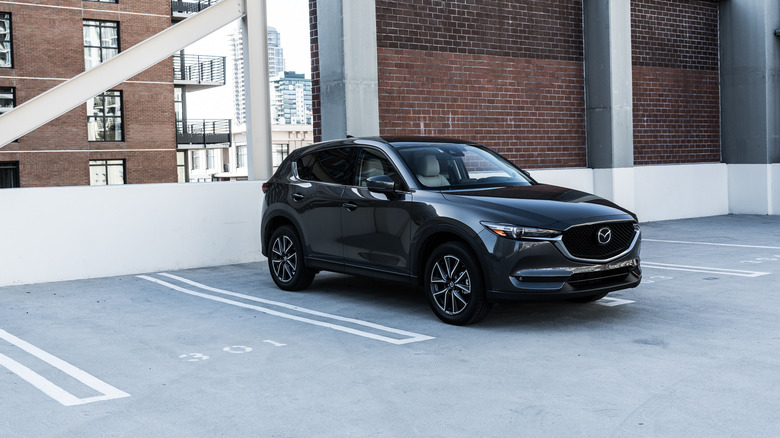
We promise, the 2018 CX-5 is the last Mazda you’ll see on this list, but it’s a strong finisher. No NHTSA recalls or consumer complaints have been recorded for the front wheel drive version of the car, which also achieved a perfect 5-star safety score, and placement on the 2025 Consumer Reports list of top used cars. Final judgment came down with the automaker’s use of its familiar six-speed automatic in the 2018 CX-5.
The accolade parade continues with very reasonable annual maintenance costs of $339 per Repair Pal and a J.D. Power Quality and Reliability of 83. Typical used purchase pricing is far below the current $50,000 average new car sticker at around $14,000 to $15,000 according to Kelley Blue Book.
While all of the CX-5s in 2018 came nicely outfitted from the factory, we’d suggest finding a range-topping Grand Touring with features like 19-inch wheels, adaptive LED headlights, a moonroof, leather upholstery, heated front seats, adaptive cruise control, and a Bose 10-speaker audio system. No one said a good and affordable used car couldn’t be a nice car as well.
2021 Lexus ES 250
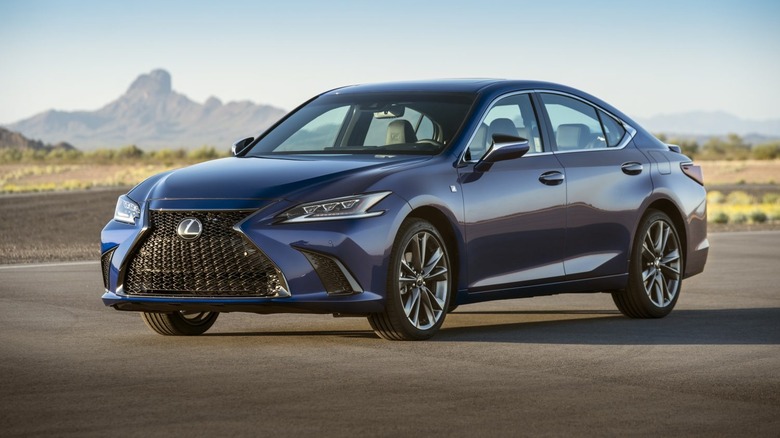
Our choice for the most modern and luxurious used car without a CVT transmission is the 2021 Lexus ES 250. It doesn’t have the big V6 found in the ES 350, but the 250 does come standard with AWD and an eight-speed automatic. Base variants are nicely appointed with a moonroof, perforated NuLuxe upholstery, and a 10-speaker stereo, but find yourself an Ultra Luxury trim line to enjoy semi-aniline leather and climate-controlled front seats.
Considering average used prices of the 2021 Lexus range from about $29,000 to $34,000, it’s a level of luxury worth going for. So what makes the ES 250 a good used car, you ask? How about a J.D. Power Reliability score of 87, zero NHTSA recalls, and top marks for safety. There is not yet enough data for Car Complaints to share usable insights, but only five consumers have logged concerns with the NHTSA.
Like its NX 200t stablemate, the ES 250 comes from the highest-ranked brand according to two different studies on dependability and the best used cars. All of which makes the 2021 model year an easy choice for this list of excellent used cars without a CVT transmission.
Methodology
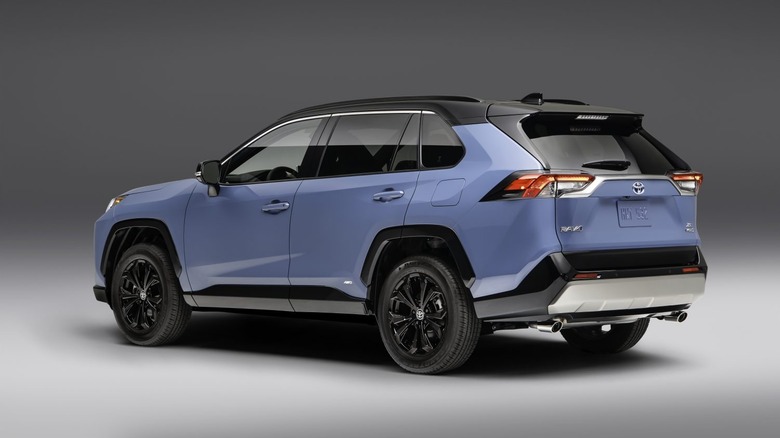
To compile this list of good used cars without a CVT transmission, we reviewed a study by Consumer Reports on best used car brands and J.D. Power’s 2025 Dependability Study. Using this as guidance on which automakers to investigate, we then looked back as far as the 2015 model year to find vehicles that were sold without a CVT and ranked highly in reliability, maintenance costs, affordability, and safety.
Strong scores in each category were used to define the best used cars and an effort was made to select vehicles from various segments. Sources included J.D. Power, Consumer Reports, the NHTSA, Kelley Blue Book, U.S. News and World Report, Car Complaints, and Repair Pal.
https://hawkeyeautomotive.com/transmission/2019-cars-that-didnt-use-a-cvt/
https://www.slashgear.com/1865482/best-used-cars-without-cvt-transmission/
